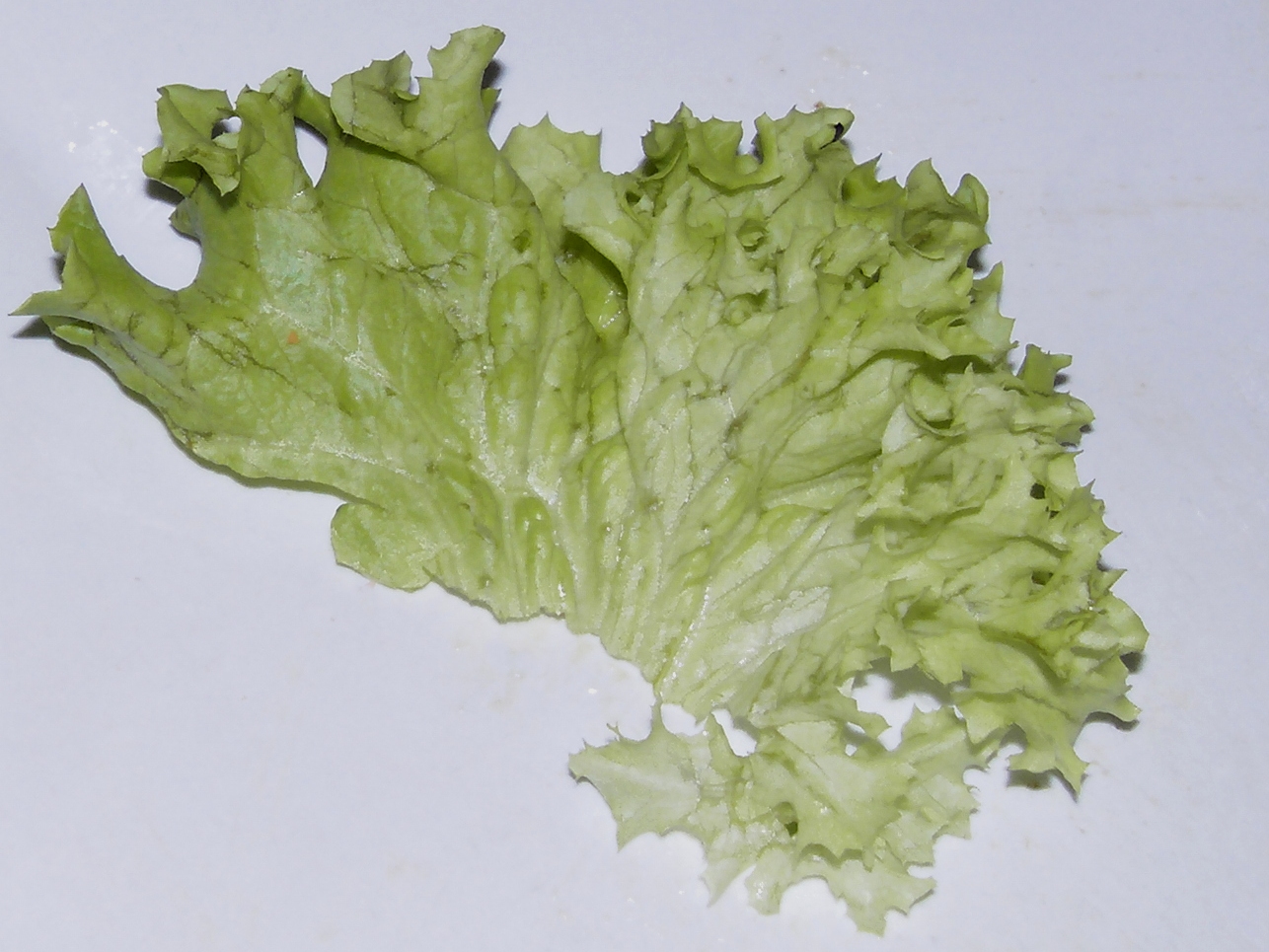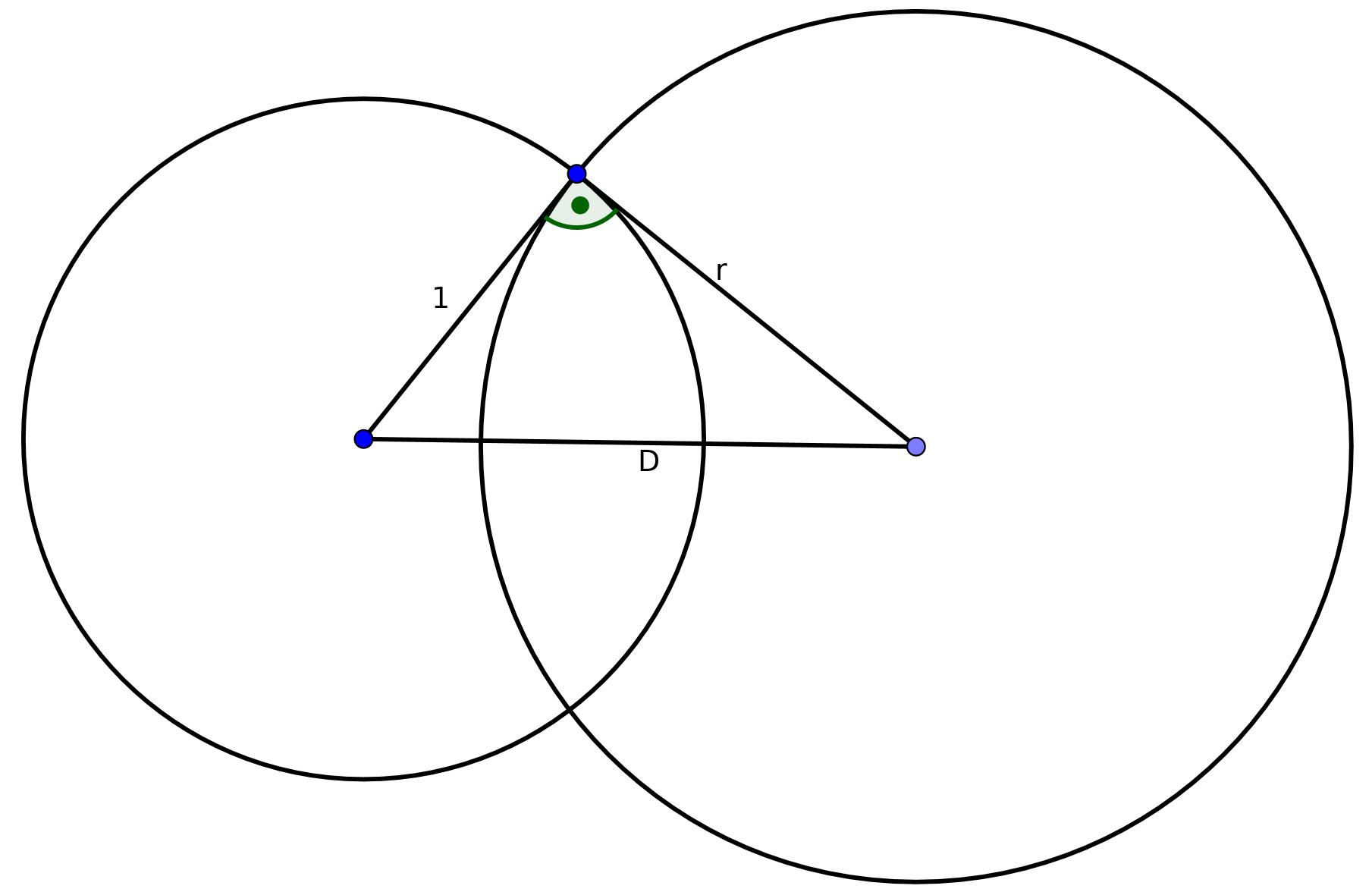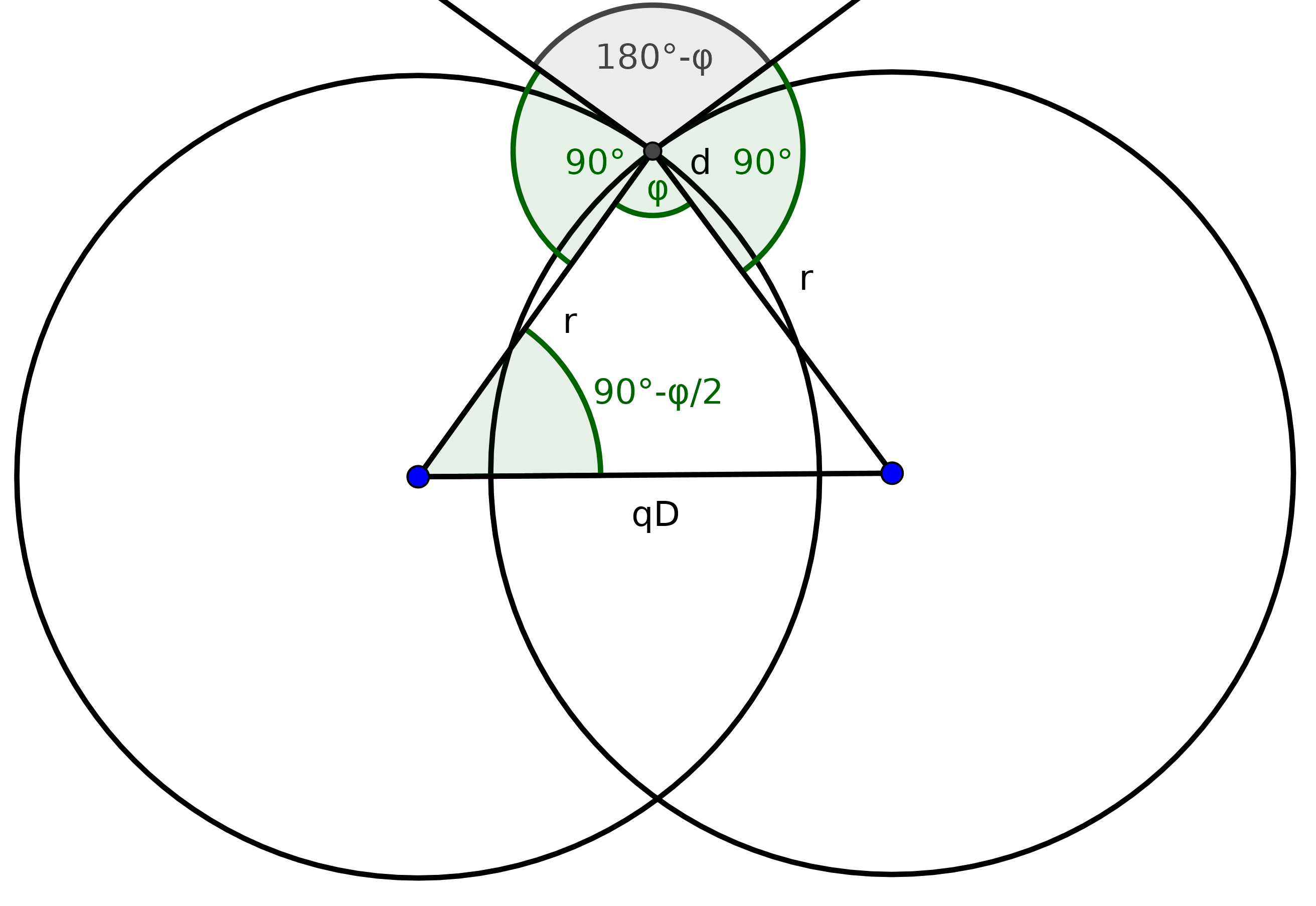Mon, 19 Mar 2018 20:40:09 GMT
Politics/Law:
- Video: Die Grenzen Europas 1000-2013 – wie eine Petrischale.
Nerd Culture:
- The Ultimate Oldschool PC Font Pack (via)
- How knowing Lisp destroyed my programming career (via)
- Some Very Entertaining Plastic, Emulated at the Archive (via)
STEM/MINT:
WTF:
- A Shower Curtain That Can Hold Phones And Tablets Is Now A Thing – this will definitely be used to produce amateur porn
Art (Comics etc.):
Tue, 13 Mar 2018 23:02:52 GMT
Sun, 11 Mar 2018 21:21:30 GMT
In theory, XMPP needs no versioning: There is a mighty base-protocol with lots of extensions, and the extensions just need to be negotiated and can then be used. But then again, there are lots of xmpp clients out there with different sets of extensions. Some are older and unmaintained and do not support crucial new XEPs. Some are too new to support all XEPs. Nevertheless, all of them can be called "XMPP Clients". Because "XMPP" is a base-protocol with many extensions.
In my opinion, it would therefore be a good thing to take sets of such XEPs, and define "XMPP Levels" for them. "XMPP Level 1" could be the base protocol, while "XMPP Level 2" could contain the crucial XEPs for modern mobile communication, like Stream Management, Client State Indication, Message Carbons and maybe Cloud Push. Then, clients supporting only Level 1 would still be XMPP Clients, but maintained modern clients which support modern XEPs can call themselves "XMPPL2-Clients".
From a technical perspective, this seems random. But from a user perspective, knowing about "supported XEPs" is not really something desirable, whereas knowing "XMPPL2 New, XMPPL1 Old" is something that can be told to everyone. It would furthermore stigmatize older unmaintained XMPP Clients – which is a good thing in my opinion.
In some situations, some XEPs are not useful. Like for the BitlBee gateway, which is meant to run on servers with high connectivity, Stream Management seems not that important. But then they still could say "XMPPL2 except for Stream Management" – it is clear that especially open source projects will not always be up to date or will sometimes deliberately not comply with such versioning. But it would still be better than today's very chaotic system, in my opinion.
Sat, 10 Mar 2018 22:21:29 GMT
Politics/Law:
Popular Culture:
- NASA Has Compiled a List of the Best Air-Cleaning Plants for Your Home (via)
- Apple employees keep walking into glass walls
- Lego to launch its first sustainable, plant-based plastic bricks this year
Nerd Culture:
STEM/MINT:
- Deprecated Linux networking commands and their replacements (via)
- "Giant atoms" swallow other atoms to form new state of matter
- Chimps and bonobos share common sign language (and maybe we do too)
- How generics were added to .NET
- How Qt Signals and Slots Work (via)
- GRV is a terminal interface for viewing git repositories (via) (didn't try it, but looks useful)
- Visualizing the sphere and the hyperbolic plane
Art (Comics etc.):
Tue, 06 Mar 2018 19:15:42 GMT
Sat, 03 Mar 2018 21:36:37 GMT
Popular Culture:
Nerd Culture:
- Das Xiaomi-Ökosystem vom Hersteller befreien – "Auf dem Staubsauger läuft etwa ein nur wenig angepasstes Ubuntu-Betriebssystem, das auch schnell mit Patches versorgt wird."
STEM/MINT:
Zeroth World/SciFi becoming Reality:
- How Disney Rides Know Our Names (via) grusel
Art (Comics etc.):
Wed, 28 Feb 2018 19:32:18 GMT
For every tesselation, we can give a graph, which contains the edges and nodes of this tesselation. For example, the graph of the dodecahedron is
It is a graph of the kind 5 3, where every surface has 5 edges, and at every node, 3 edges meet. For 5 3, this graph is finite. For 4 4, this graph is the regular tesselation of the euclidean space:
But, for example, for 3 8, there is no regular tesselation on the euclidean space anymore, and none on the sphere. But there is a regular tesselation of that kind on the hyperbolic space.
Now, I was inspired by HyperRogue to try to produce some code,
without any direct goal. I created a program that generates such
graphs. And for debugging, I wrote a method that creates a
GraphViz definition. GraphViz is a program for layouting graphs;
it has several methods to find good starting points for several types
of graph. When trying the sfdp method (and tuning a bit), I got the
following output:
The documentation says that sfdp tries to arrange the nodes by reducing force (whatever force exactly is in this
case). It cannot arrange the outer nodes anymore, so we get a curly outer line – which reminds me of lettuce (Image
Source: Wikimedia Commons):

Lettuce also approximates hyperbolic surfaces. I am not sure why exactly, but probably to maximize the surface of its leaves. Maybe some similar process is going on in both cases. Or maybe it is just coincidence.
Anyway, I think it is beautiful. :3
Sun, 25 Feb 2018 07:03:38 GMT
STEM/MINT:
- How Should I Get Application Configuration into my Docker Containers?
- Möbius Transformations are Isometries of a Sphere
- Hotswap Agent – "Java unlimited runtime class and resource redefinition.", also Using HotswapAgent to Speed up Development, also Steps to setup Hotswap Agent in Eclipse
- DCEVM – "The purpose of the project is to maintain enhanced class redefinition functionality for OpenJDK HotSpot 7/8 and Oracle JVM."
- GiNaCRA is a C++ library providing data structures and algorithms for real algebraic computations.
- Going back in (QuickLisp dist) time
- ejabberd joins Google Summer of Code 2018
- Micro Hydro Power Plant
- Riesige Tunnel, die von ausgestorbenen Tieren gegraben wurden
- Docker container: Backup and Recovery
Zeroth World/SciFi becoming Reality:
Art (Comics etc.):
Mon, 19 Feb 2018 12:59:38 GMT
I was searching for a tutorial for how to generate hyperbolic tessellations programmatically. Since I found none, I guess it is a worthwile thing to use some of my free time to write about my own approaches. This is not a scientific text. Probably there are better solutions to this, and I would be interested in them, so feel free to comment.
I do not yet have a satisfactory way to give unique coordinates to every tile as for example HyperRogue does. If you know how to do this, feel free to send a comment. It has to do with Coxeter Groups.
We will work on the Poincaré Disk Model. In the poincare disk model, the hyperbolic space is the unit circle, and lines are circles and lines perpendicular to this unit circle.

For circles perpendicular to the unit circle, it is easy to see that we have
, where
is the distance between the two centers,
because they form a right-angled triangle. Hence, this holds for every line in
hyperbolic space that is a circle in euclidean space.
If we want to generate a regular tessellation of regular -gons, such
that at every vertex
such
-gons meet, we need to generate an
-gon with inner angle
. We know that the
centers of the hyperbolic lines must form an
-gon in euclidean
space. The side length of the regular
-gon in euclidean space is
.

We now consider two such circles. Their center distance should be . Their radii
are equal. Fix one of their two intersection points
and draw the radii through these intersection points. Together with the segment
between their two centers, this forms an isosceles triangle. The angle
between the two radii is complementary to the angle of the
normals through this point, and therefore we know that
. The other two angles in this isosceles triangle, let's call them
, satisfy
.
Now we know by basic trigonometry that the height of the triangle is given by
, and the bottom side
satisfies
.
Inserting the above relation between and
, we get
where
To generate the sides of the polygon, draw circles with radius around
the centers
for
.
To find the vertices of the hyperbolic -gon, just calculate the
intersection points between neighbouring circles, and choose the one with
distance
to the origin. See this thread about how to calculate
intersections.
Sun, 18 Feb 2018 08:59:55 GMT
Politics/Law:
Popular Culture:
WTF:
Zeroth World/SciFi becoming Reality:
Art (Comics etc.):